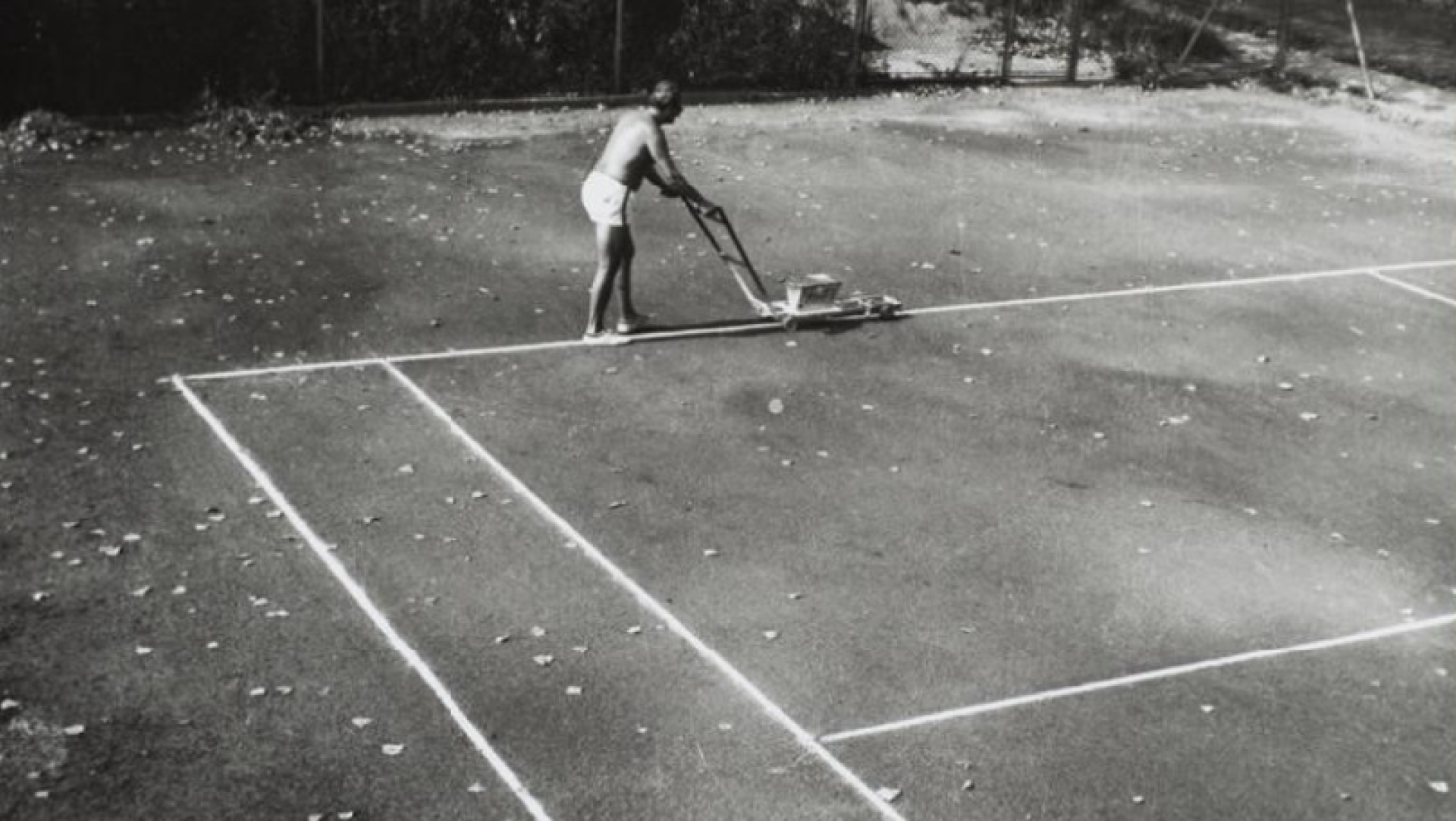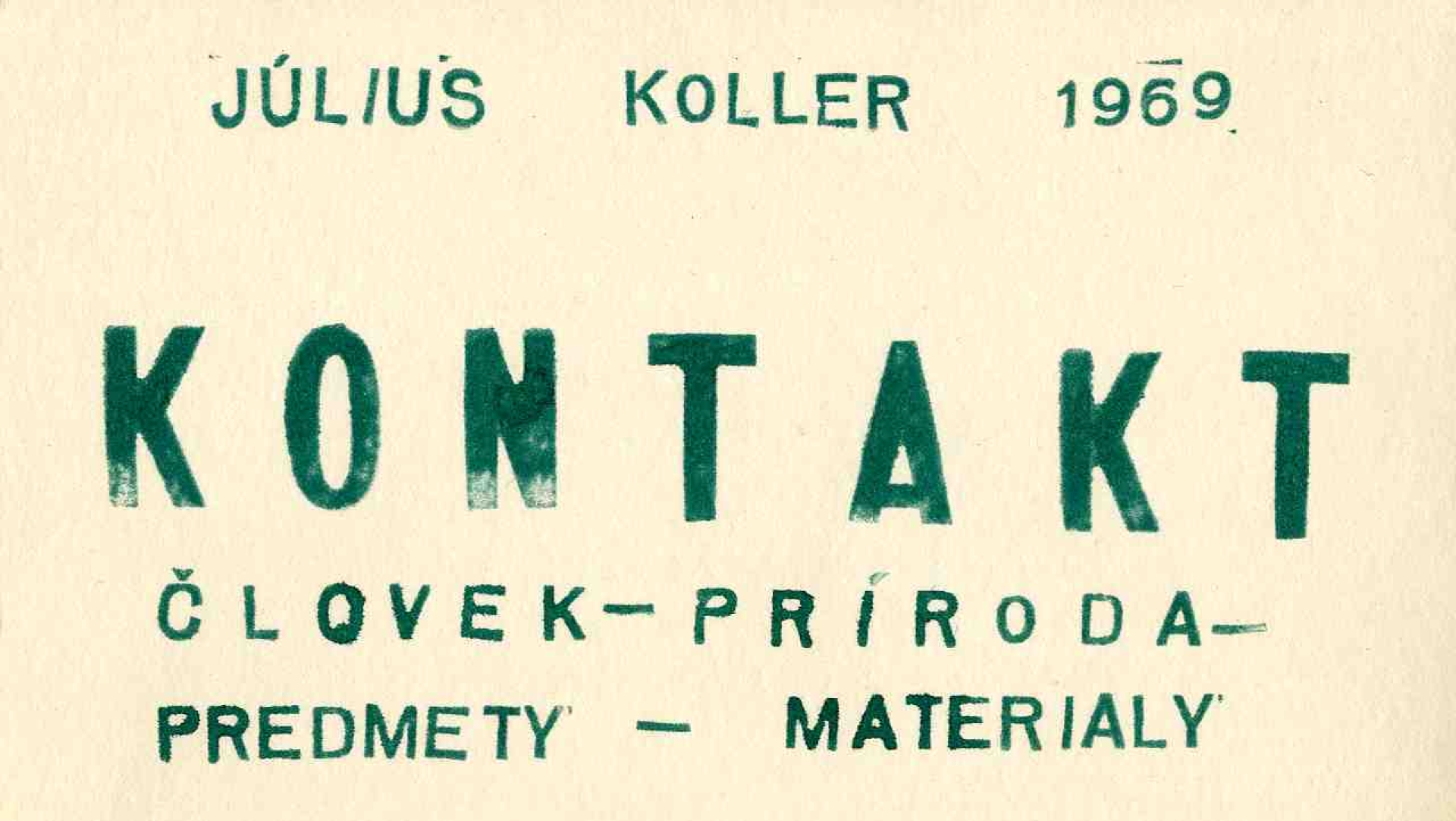Museum open at 12:00pm
Cinema is closed now
Museum open at 12:00pm
Cinema is closed now
Free of charge
Gallery E
You can join at any time

Július Koller’s happening took place on 15 July 1968 at the Pravda tennis club in Petržalka, a residential neighborhood of Bratislava. The Slovak conceptual artist outlined the boundaries of the court using a line painting machine. This gesture, repeated in the space of the new museum, can be read as an act of delineating the (easy to cross) boundaries of art. In his art, Koller used everyday objects, preferring “real life” over artistic fantasies.

Presentation of this series in the opening program of the new MSN Warsaw building is made possible through cooperation with the Vienna-based Kontakt Collection, a foundation focusing on art from this part of Europe, especially from the 1960s and 70s. The Kontakt Collection, which celebrates its 20th anniversary this year, combines collecting with research and instigating exhibitions, often put on in non-museum spaces such as office buildings or shopping malls. The foundation currently operates under artistic director Kathrin Rhomberg, and combines reflections on art from decades past with current political, social and environmental issues. The name “Kontakt” (full name “Kontakt Collection: Association for the Promotion of Central, Eastern and Southeastern European Art,” founded by the Erste Foundation in cooperation with Erste Group) was taken from the title of a work by Július Koller, who insisted that art should be about “engaging rather than arranging.”